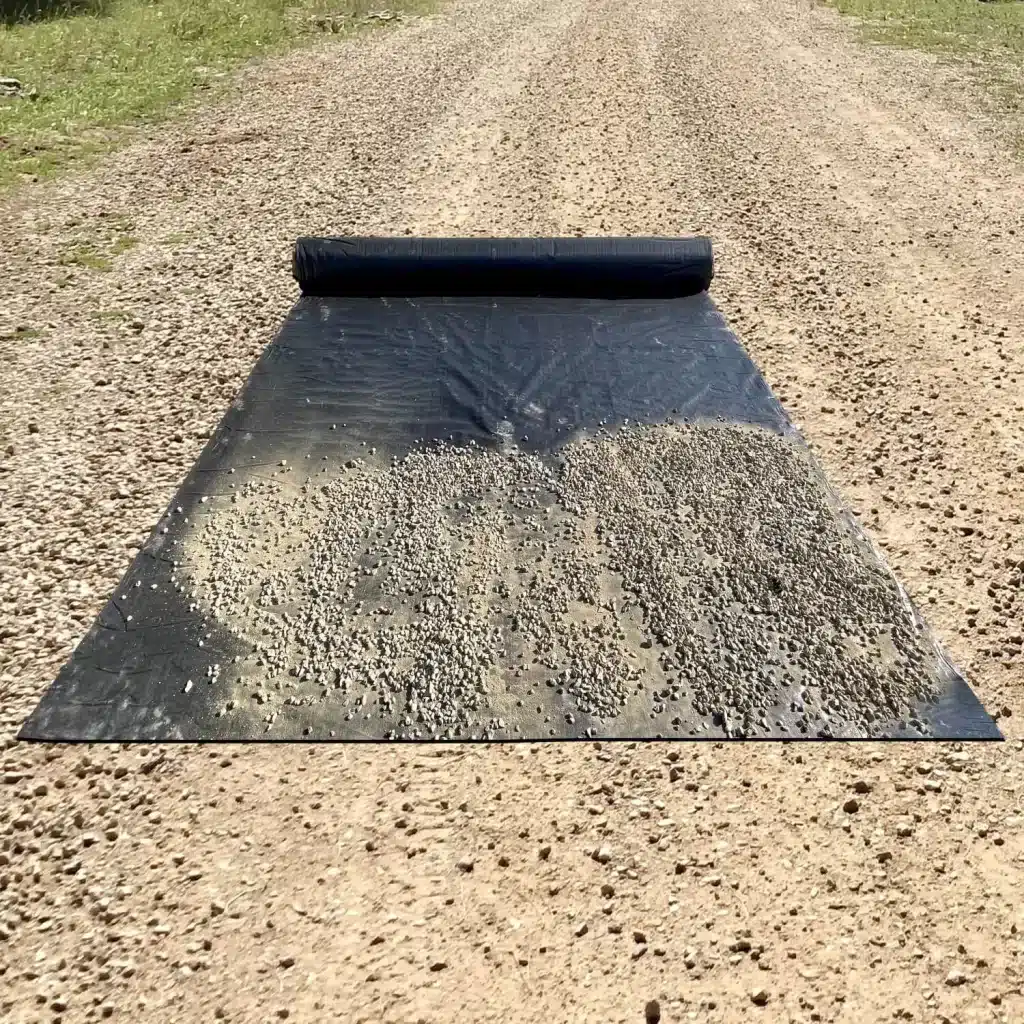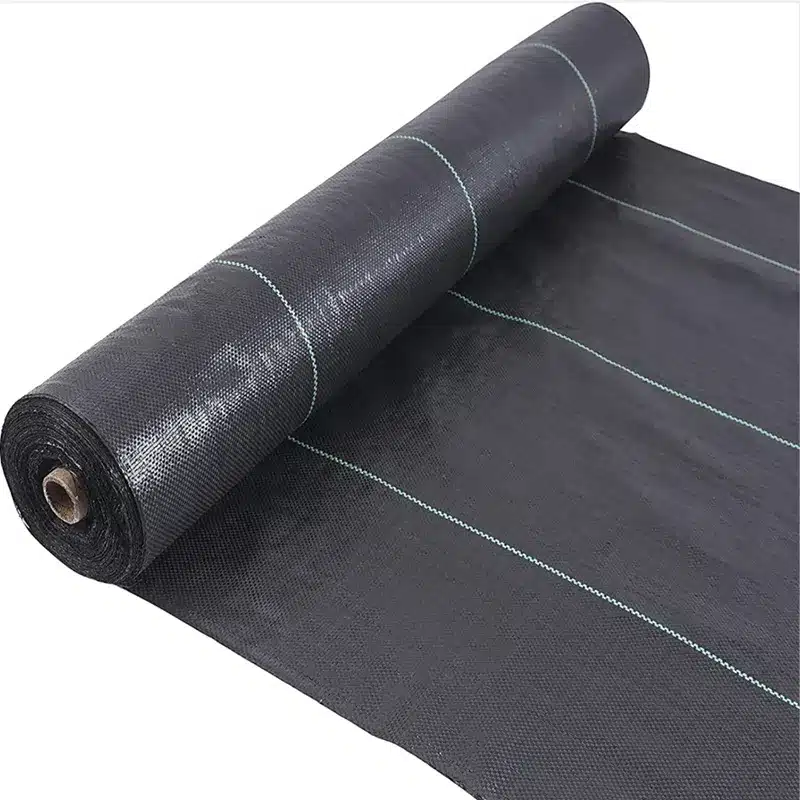+86-159 9860 6917
info@geofantex.com
geofantex@gmail.com
+86-400-8266163-44899
Geotextile fabric is a versatile material known for its ability to reinforce and stabilize surfaces, making it ideal for driveways. This article explores the benefits of using geotextile fabric, installation methods, comparisons with landscape fabric, and practical tips for optimizing its use.
What kind of fabric is used for driveways?
Geotextile fabric used for driveways indeed serves as the ultimate solution for ensuring longevity and durability. Whether woven or non-woven, polyester or polypropylene, these materials are meticulously engineered to withstand the elements. They offer unparalleled strength against UV rays, chemicals, and erosion, thereby guaranteeing robust support for driveways over extended periods.

How to install geotextile fabric for a driveway?
Installing geotextile fabric for a driveway involves several key steps:
- Prepare the base: Clear the area and ensure a firm, stable base for the driveway.
- Cut and lay the fabric: Measure and cut the geotextile fabric to fit the driveway area. Place it over the prepared base, ensuring full coverage.
- Secure the edges: Secure the edges of the fabric with stakes or by burying them in the ground to prevent movement.
- Layering and finishing: Depending on the driveway construction, add layers of gravel or asphalt over the fabric to complete the installation.
Installing geotextile fabric for a driveway involves several key steps:
- Prepare the base: Clear the area and ensure a firm, stable base for the driveway.
- Cut and lay the fabric: Measure and cut the geotextile fabric to fit the driveway area. Place it over the prepared base, ensuring full coverage.
- Secure the edges: Secure the edges of the fabric with stakes or by burying them in the ground to prevent movement.
- Layering and finishing: Depending on the driveway construction, add layers of gravel or asphalt over the fabric to complete the installation.
While both serve as barriers, landscape fabric is typically lighter and designed to suppress weed growth in gardening applications. Landscape fabric is primarily utilized as a physical barrier, whereas drain field fabric is used as a filter. Geotextile fabric, on the other hand, is heavier and engineered for structural support and reinforcement in civil engineering projects such as driveways. It offers superior strength and durability compared to landscape fabric.
Can you overlap geotextile fabric?
Yes, overlapping geotextile fabric is common and beneficial. Geotextile panels should be overlapped both side-to-side and end-to-end, in the direction of aggregate placement. This ensures there are no gaps in coverage, enhancing the fabric’s effectiveness in stabilizing the driveway surface. Secure overlapping sections properly to maintain integrity and prevent shifting during installation and over time.
Geotextile fabric for driveways provides essential reinforcement, enhancing durability and longevity by stabilizing the base and reducing erosion. Proper installation ensures optimal performance, making it a preferred choice for maintaining driveways and other construction projects requiring reliable support. Understanding the distinctions between landscape fabric and ensuring correct installation practices are key to maximizing the benefits of geotextile fabric in driveway applications.



Get Free Sample
We’ll respond as soon as possible(within 12 hours)






















